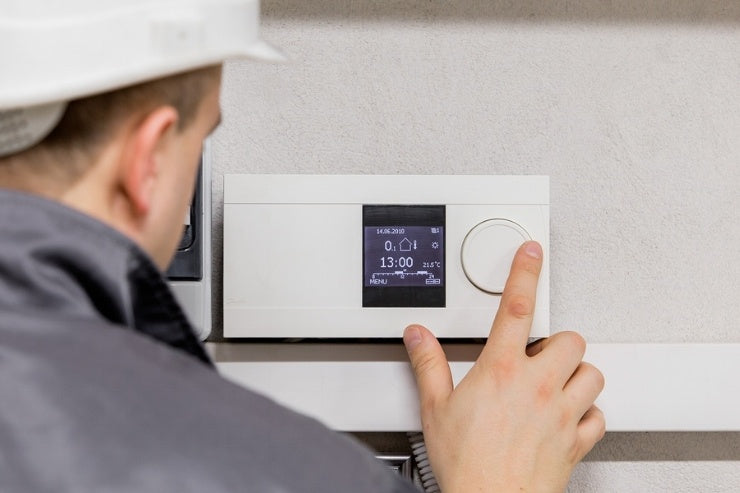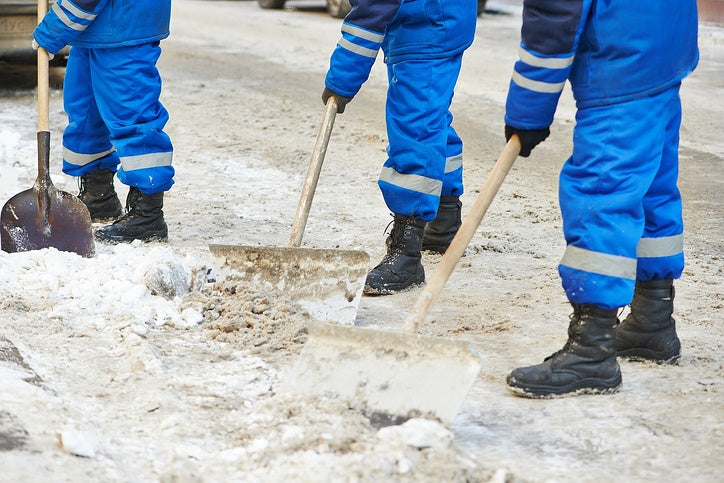
Maximizing your facility's energy efficiency this winter should involve a multiple-front approach, covering such things as upgrading your insulation, locating and eliminating air leaks, and installing more energy-efficient doors and windows. Besides these aspects, however, there are three other ways to reduce the amount of energy your facility requires to run properly:
Optimize Lighting
Your warehouse or stockroom accounts for a huge share of the total energy used at your facility, and optimizing the energy efficiency of warehouse lighting is a major potential source of savings. The first step is to assess how much light is really needed in your warehouse and precisely where/when? At that point, you will be able to benefit by installing dimmers and motion sensors. Motion sensors keep lights off until a worker actually arrives on-site and needs lighting, while dimmers reduce light levels across a whole area except for a "spotlight" on the exact spot where someone is working.
Another way to save is by choosing fluorescent high-bay fixtures over HID. While fluorescent tends to cost more upfront, they enable energy savings in the long term. This is because HID bulbs require long warm-up periods, which force you to leave the lights on longer than they are needed to avoid constantly warming up and down.
Finally, simply painting the premises white to boost reflectivity and keeping your fixtures clean will reduce the amount of light you need to produce. Installing skylights will let outdoor light in and also reduce the workload of your internal lighting system.
Optimizing Roofing
During the winter, heat-retaining roofing can help lower your heating bill, but overall throughout the year, "cool roofs" tend to be more cost-effective. Furthermore, cool roofing is more efficient even during the winter if your warehouse deals in refrigerated storage.
Cool roof systems reflect far more solar energy than they absorb and radiate a large percentage of the solar energy they do absorb back out into the atmosphere. This makes them ideal for facilities with air conditioning or that need to be kept at a moderate temperature without the aid of air conditioning.
Which type of roofing is optimal will vary according to the local climate, the design/size of your building, and the nature of your industry. It is worthwhile to calculate the energy savings of a reduced cooling load (cool roof) versus a reduced heating load (heat-absorbent roof) to find out which one is best for your facility.
Optimizing HVAC
Few things are a greater cost burden on a facility budget than the HVAC system. The need for proper ventilation, however, complicates matters since your heated indoor air is continually thrown outside while outdoor air that needs to be heated being brought in. Installing a desiccant wheel to dry new air before it enters the HVAC system will reduce costs because moist air is harder to heat/cool.
Installing 6 to 20 foot (2 to 6 m) diameter ceiling fans is another way to reduce costs. Normally, hot air works its way from the ceiling down while cold air settles at the bottom. Over-sized fans, however, break up much of this natural stratification and help temperatures to be evenly distributed. This then allows you to keep the building comfortable at a lower temperature setting on your thermostat.
Finding ways to maximize the energy efficiency of your lighting, roofing, and HVAC system, particularly during the winter, will save you money and lower greenhouse gas emissions. Not only the more commonly thought of paths to energy efficiency, but every approach that is profitable should be take to keep your business "slim, trim, and competitive."

